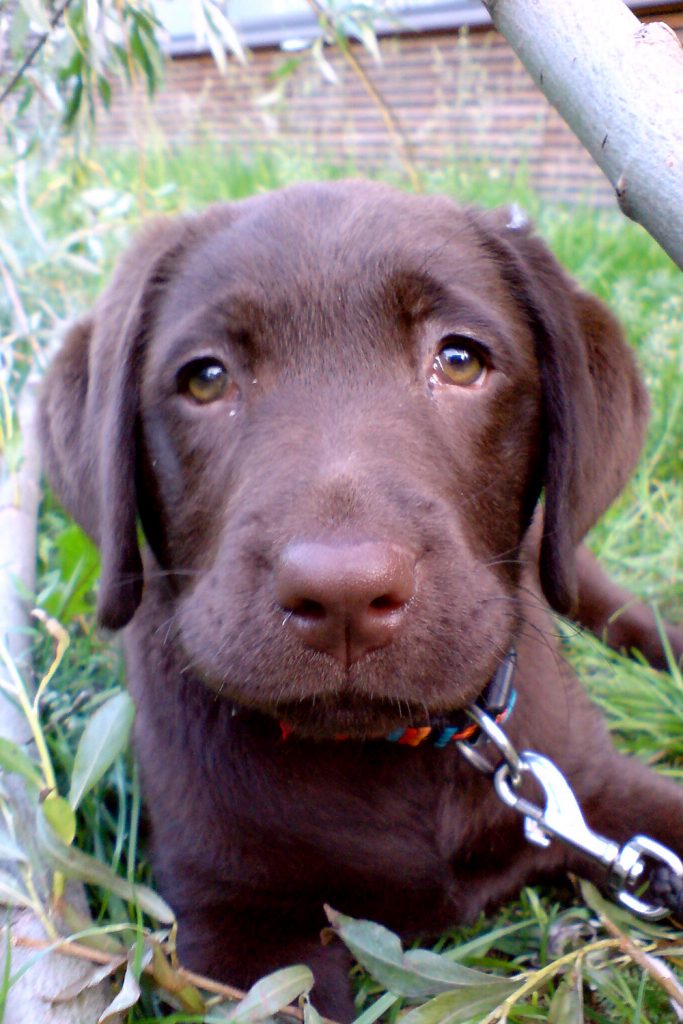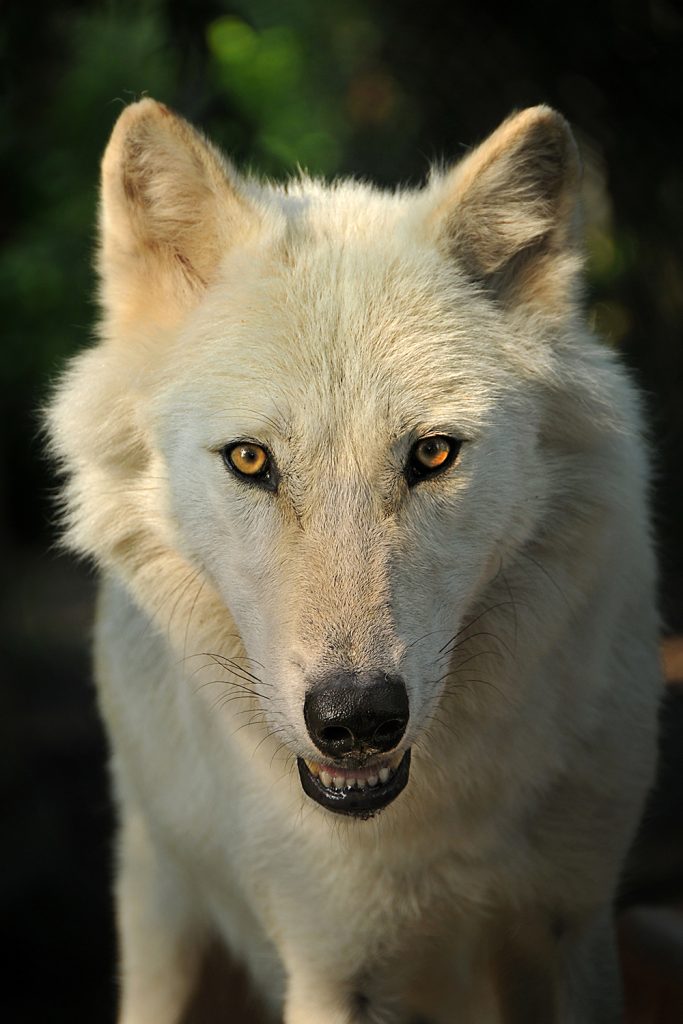How Dogs Evolved ‘Puppy Dog Eyes’

If you have a dog in your household, you’ve seen it, most likely when you have some tasty food in hand: the pitiful wrinkled brow and big eyes known as the puppy dog look.
And if you think your dog is using the look on purpose, it turns out that he or she has evolved to do just that.
Dogs have a special muscle above the eyes that their canine cousins, wolves, don’t have, according to new research from the University of Portsmouth in the U.K. and NC State, Duquesne University and Howard University in the U.S.
This small muscle allows dogs to raise their inner eyebrow, which the researchers suggest triggers a nurturing response in humans. The raised inner eyebrow makes the dog’s eyes appear larger and more infant-like and resembles facial movements humans produce when they are sad.


The research team, led by comparative psychologist Dr. Juliane Kaminski at Portsmouth, also compared dog and wolf behaviors and found evidence that dogs utilize the eyebrow raise more often when in the presence of humans.
“The evidence is compelling that dogs developed a muscle to raise the inner eyebrow after they were domesticated from wolves,” says Kaminski. “Expressive eyebrows in dogs may be a result of humans’ unconscious preferences that influenced selection during domestication. When dogs make the movement, it seems to elicit a strong desire in humans to look after them. This would give dogs that move their eyebrows more a selection advantage over others and reinforce the ‘puppy dog eyes’ trait for future generations.”
The researchers theorize that during the roughly 33,000-year period that separates domesticated dogs from their wild brethren, increased interaction with humans could have sped the evolution of the extra muscle. Interestingly, the only dog species in the study that did not have the muscle was the Siberian husky, which is among more ancient dog breeds.
“These muscles are so thin that you can literally see through them — and yet the movement that they allow seems to have such a powerful effect that it appears to have been under substantial evolutionary pressure,” says Adam Hartstone-Rose, associate professor of biology at NC State and co-author of the paper. “It is really remarkable that these simple differences in facial expression may have helped define the relationship between early dogs and humans.”
So the next time your canine companion hits you with puppy dog eyes, just remember you really only have yourself (via selective evolutionary pressure) to blame.
The paper appears in Proceedings of the National Academy of Sciences.
- Categories:


